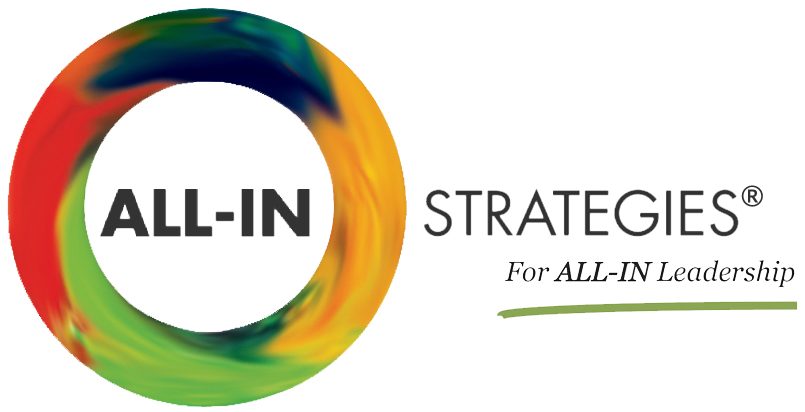Overloaded: It is the “normal” state of things. Overbooked calendars. Dashing from one meeting to the next. More work than one person can handle. Leaders operate under an expectation that they should be able to handle whatever comes their way, no matter how much comes their way. To do otherwise would mean they’d be viewed as an ineffective executive or as not giving it their all. As a leader, you get plenty of reminders to slow down and take on less, but that seems impossible to you. But is it?
There’s a well-constructed, longstanding image of what a strong and effective leader looks like: A dynamic figure who’s always on the job 24/7, sets the vision, has all the answers, makes the big decisions, maintains authority and control, and expects everyone else to fall in line. It’s the old “command and control” mode. In recent years, this picture has been gradually transforming to fit a changing world and workforce that are increasingly driven by information technology.
Today, emerging leadership illuminates the value of leading through strong teams and collaboration, co-creating organizational vision, delegating authority and decision-making, and investing in people to support their best talents. In this scenario, the leader also values maintaining a healthy life—which does not include working in a constant state of exhaustion. This is the expectation for the leader and all employees.
Research confirms that individuals perform best and are the most creative when they are getting plenty of rest, taking the time to disconnect from the job, and work reasonable hours. It’s understandable that some special projects or unforeseen problems will necessitate working longer hours than usual. However, when 12–16 hour workdays become the norm, you and your organization are going to suffer. Chronically working in an overload state frequently leads to poor decision-making, decreased focus, and poor communications with co-workers. Over time, overload leads to under performance.
If your goal is to operate at the most productive and creative levels, slowing down and lightening the load are your best bets for getting there. A while back, I started this conversation with a client and he has taken this guidance to heart. Here are three things this CEO started doing immediately to break the bonds of overload.
- Schedule Breaks — Treat rest or disconnect time like meetings. Put these times in your calendar. Sit quietly in your office with your eyes closed. Take a short walk. Get out of your office alone for lunch. The activity or length of time doesn’t matter. Just make sure you get quiet time to yourself during the workday and don’t fill this time with work stuff. That includes not checking your phone or emails. Also, encourage your executive team and other managers to do the same.
- Just Say No — Start to say no to requests, whether meetings or projects, that you know are not crucial to your priorities. The request may seem interesting or your presence might be helpful, but if it’s not essential, say no. Now there’s a novel thought. The temptation will be to fill those slots with other meetings or projects. However, consider this a gift of time to yourself.
- Set a Stop Time – Refrain from leaving your workday open-ended. Set a stop time where you leave work at a reasonable hour—8 or 9 p.m. is not a reasonable hour, particularly if you started your day at 7 a.m. You may think that there’s always more to do and that the company can’t get by without you. But you what know? It can and will if you let it.
My client has been practicing the above steps and a few others for several months to bring a healthy balance to his day. Guess what? It’s working. He describes a significant shift in his stress level, sense of presence and focus at work and even in his quality of sleep — all for the better with no major work breakdowns. Imagine that!

